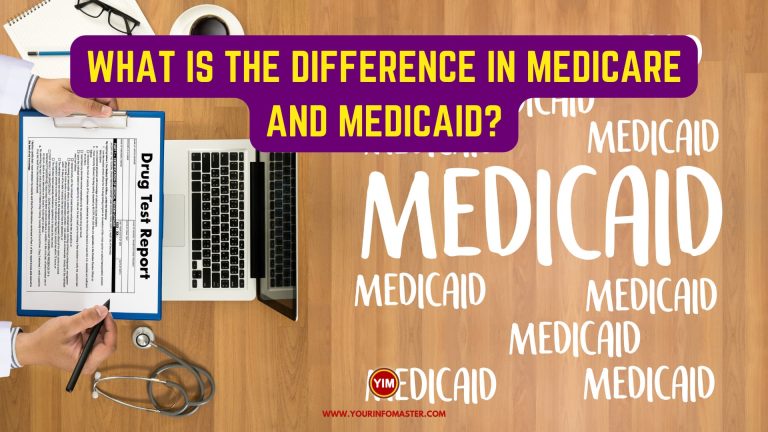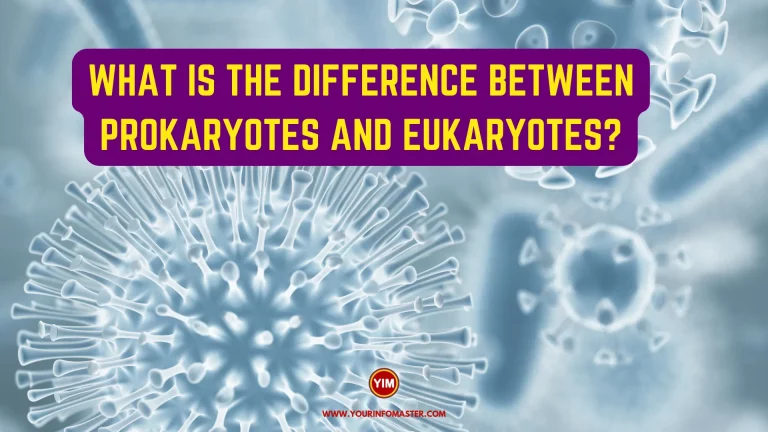Hi, I am Amelia Smith and I am going to explain the blog post “What is the Difference Between to and too?“
The English language is replete with words that may sound similar but have distinct meanings and uses. Two such words are “to” and “too.” In this article, we will explore the five key differences between “to” and “too.” By understanding these disparities, we can enhance our writing and communication skills, ensuring accurate usage of these commonly confused words.
Check also: What is the Difference Between Fixed Budget and Flexible Budget?
5 Differences Between to and too
Here is a list of 5 differences between to and too:
- Function and Purpose
- Part of Speech
- Meaning and Usage
- Sentence Placement
- Intensity or Excess
Check also: What is the Difference Between Indica and Sativa?
Detail of 5 Differences Between to and too
Here is the detail of 5 differences between to and too:
Function and Purpose:
“To”: Primarily functions as a preposition or an infinitive marker, indicating direction, purpose, or action.
“Too”: Functions as an adverb, indicating excess or addition.
Part of Speech:
“To”: Can function as a preposition, part of the infinitive verb form, or as a particle in a phrasal verb.
“Too”: Functions exclusively as an adverb.
Meaning and Usage:
“To”: Expresses movement, direction, purpose, or connection between words or phrases.
“Too”: Signifies excess, in addition to, or indicates agreement or similarity.
Sentence Placement:
“To”: Often appears before a verb or noun, serving as a preposition or part of an infinitive verb form.
“Too”: Generally appears at the end of a sentence or before an adjective or adverb, emphasizing excess or addition.
Intensity or Excess:
“To”: Does not imply excess or intensity, focusing on the purpose or direction of an action.
“Too”: Implies excess or intensity, indicating an excessive amount, degree, or agreement beyond what is necessary or expected.
Check also: What is another word for Accessible? | Accessible Synonyms, Antonyms and Sentences
Conclusion
In conclusion, understanding the difference between “to” and “too” is essential for clear and effective communication in the English language.
“To” primarily functions as a preposition or an infinitive marker, indicating direction, purpose, or action. On the other hand, “too” functions exclusively as an adverb, signifying excess or addition. By recognizing the nuances in meaning and usage, as well as the variations in sentence placement and intensity, we can utilize these words accurately and enhance our overall language skills.
See also: What is another word for Abundant? | Abundant Synonyms, Antonyms and Sentences
If you really enjoyed the article “What is the Difference Between to and too?,” then I would be very grateful if you’d help it spread by emailing it to your friends or sharing it on Twitter, Instagram, or Facebook. Thank you!
Have you read “What is the Difference Between to and too?“ Which of these blogs are you reading, and how is it similar to one of them?
Read More
- What is the Difference Between Sociopath and Psychopath?
- SEO for General Contractors | Ultimate Guide
- SEO for Dentists | Ultimate Guide
- SEO for Wedding Photographers | Ultimate Guide
- SEO for Small Business | Ultimate Guide
- SEO for Personal Injury Lawyers | Ultimate Guide
- What is another word for Absolute? | Absolute Synonyms, Antonyms and Sentences
- What is another word for Attentive? | Attentive Synonyms, Antonyms and Sentences
- What is another word for Alright? | Alright Synonyms, Antonyms and Sentences
- What is another word for Associate? | Associate Synonyms, Antonyms and Sentences
- What is another word for Ambition? | Ambition Synonyms, Antonyms and Sentences
- What is the Difference Between Financial Emergency and Nonemergency?
- What is the Difference Between Gelato and Ice Cream?
- What is the Difference Between Sex and Gender?
- What is the Difference Between Tomato Sauce and Tomato Paste?
- What is the Difference Between College and University?







